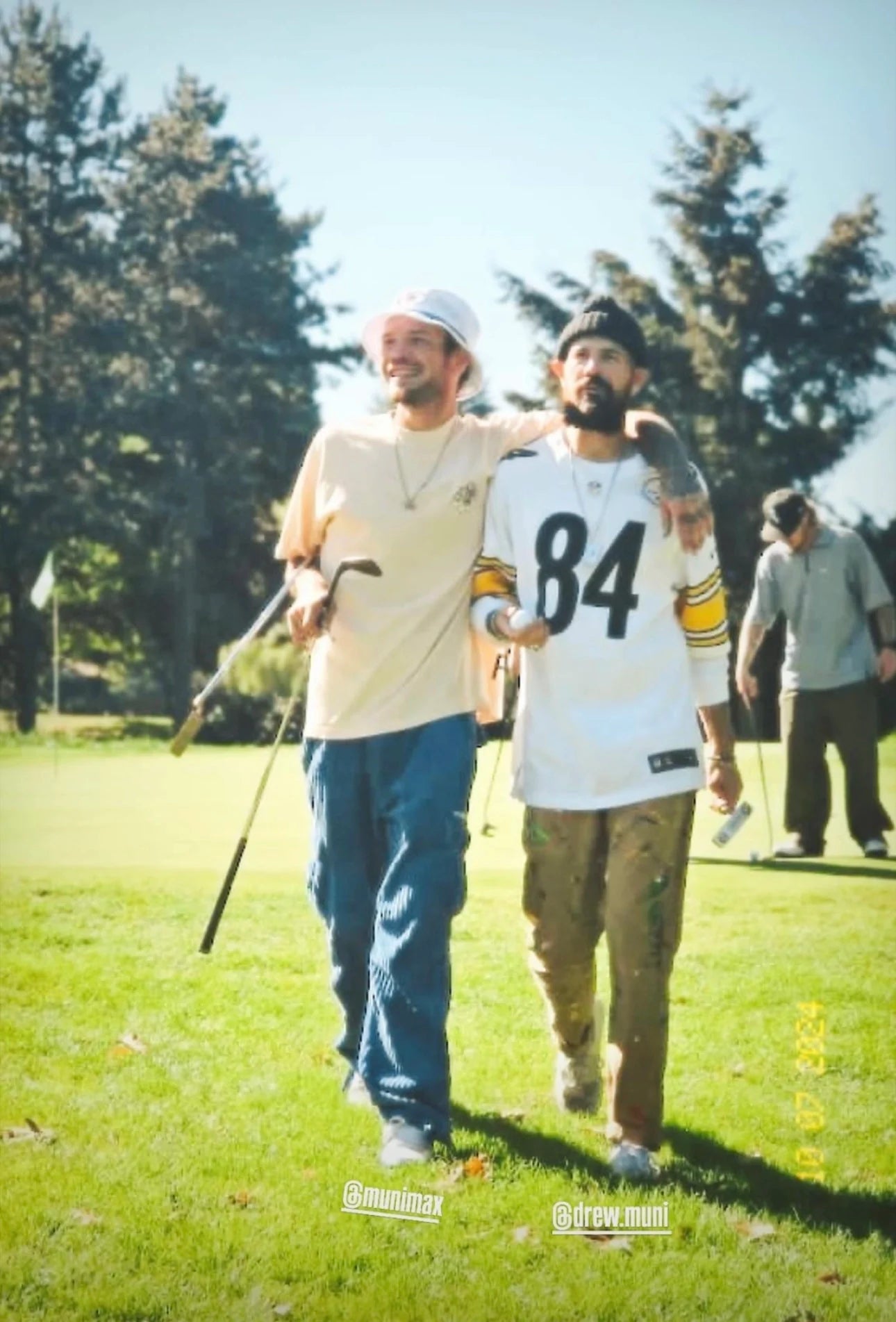
Caddyshack vs. Happy Gilmore: Two Generations, One Love for Golf
Golf is a sport rooted in tradition, but it has also been shaped by pop culture in ways that transcend the game itself. Two of the most iconic golf movies of all time, Caddyshack (1980) and Happy Gilmore (1996) have influenced generations of golfers in entirely different ways. While my parents grew up in the Caddyshack era, my brother and I were raised in the Happy Gilmore generation—each film leaving its unique mark on how we view and experience the game.
Caddyshack: The Anti-Country Club Classic
When Caddyshack hit theaters in 1980, it was more than just a sports comedy—it was a satire of the elitism found in golf. The film captured the culture of country clubs with larger-than-life characters like Judge Smails, Ty Webb, and of course, Bill Murray’s unforgettable Carl Spackler.
For my parents’ generation, Caddyshack represented a shift in golf’s perception. It showed that the sport wasn’t just for wealthy country club members—it could be fun, rebellious, and irreverent. The film injected humor into the game, making it more relatable to the everyday golfer. It also gave us some of the most quotable lines in movie history, like “Be the ball” and “It’s in the hole!”—phrases still repeated on courses today.
The influence of Caddyshack is undeniable. It turned golf from a stiff, rule-driven pastime into something that could be approached with humor and personality. Even now, the film is a staple for golfers who appreciate its ability to poke fun at the game while still celebrating it.
Happy Gilmore: Golf Meets the Everyman
Fast forward to 1996, and Adam Sandler’s Happy Gilmore flipped the golf world on its head. If Caddyshack challenged the country club image of golf, Happy Gilmore obliterated it. Happy, an ex-hockey player turned golfer, brought a blue-collar mentality to a traditionally upper-class sport, proving that power, grit, and an unorthodox approach could still lead to success.
For my brother and me, Happy Gilmore was the golf movie of our generation. It made the game feel accessible to anyone, not just those who grew up playing at a private club. It also introduced an entirely new kind of swagger to the sport. From Happy’s explosive tee shots to his on-course brawls, the movie redefined what a golfer could be.
More importantly, Happy Gilmore brought new energy to the game. Suddenly, kids who had never picked up a club were out on the range trying the famous “Happy swing.” The film’s impact extended beyond entertainment—it made golf feel more fun, approachable, and even a little rebellious.
Two Films, One Legacy
Despite their differences, both Caddyshack and Happy Gilmore share a common theme: they made golf fun. They stripped away the exclusivity and brought humor, relatability, and a touch of chaos to a sport that can sometimes take itself too seriously. Each film spoke to its respective generation in a way that resonated deeply—whether it was through the dry, sarcastic wit of Caddyshack or the slapstick, underdog spirit of Happy Gilmore.
The impact of these movies is still felt today. Golfers of all ages quote them on the course, wear headcovers featuring Carl Spackler or Happy’s Bruins jersey, and embody the fun-loving spirit these films brought to the game. Whether you’re sinking putts with the mantra of “Just tap it in” or pretending to take out a dancing gopher, the legacy of these films lives on in every round we play.
At the end of the day, golf is about enjoyment. Caddyshack and Happy Gilmore reminded us that while competition is great, having a good time on the course is just as important. And if you happen to sink a clutch putt, go ahead and give it a little Happy dance—you’ve earned it.
On a side note, we love the traditions and history of golf and that is why we started the brand Reinland Golf Co. But, now you can understand our love of our other brand Muni Kids®...


Leave a comment